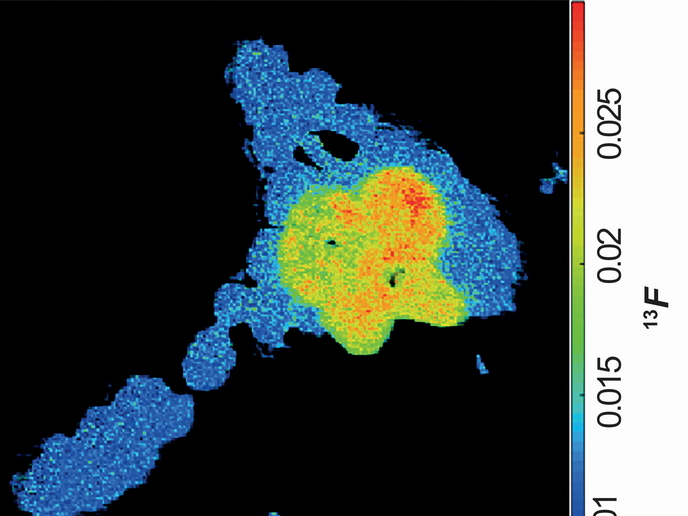New non-stick surfaces control biofouling
Aquatic biofouling, the build-up of marine life such as algae and shellfish on submerged surfaces, can have a devastating effect on shipping and leisure vessels, heat exchangers, oceanographic sensors and aquaculture systems. Detrimental effects include up to 40 % increase in fuel use and a global expenditure of over EUR 11 billion a year to overcome problems in water treatment plants. To physically kill the invading life forms current treatments include the use of biocides, which involves all the attendant problems of environmental contamination. An EU-funded project, 'Advanced nanostructured surfaces for the control of biofouling' (AMBIO), is taking a completely different approach to solve the problem of attachment to underwater surfaces. The solution lies in the analysis of the molecular interaction between surface and biofouling organism. To create an adequate bond, the living creature must be able to physically adhere to the surface and this involves molecule to molecule interaction. Change the nature of the surface and the attachment cannot take place. AMBIO scientists, an interdisciplinary group from nanotechnology, polymer science, surface science, coating technology, hydrodynamics and marine biology, aimed to develop new coatings that would prevent or reduce the adhesion of aquatic life forms. The researchers developed a research plan to investigate, at the nanoscale, the interfacial properties of different surfaces and how organisms latch onto them. The next step was to design and manipulate the properties of coatings, many of which would be relevant to adhesion. Major factors taken into consideration included use of non-stick surfaces, surface energy, charge, conductivity, porosity, roughness, wettability, friction, physical and chemical reactivity and compatibility with aquatic life. The results platform built up by AMBIO has many implications for industries with aquatic links. Economic savings is an obvious advantage and savings in ship fuel will have a knock-on effect in terms of reduction of greenhouse gases and biocide pollution.







